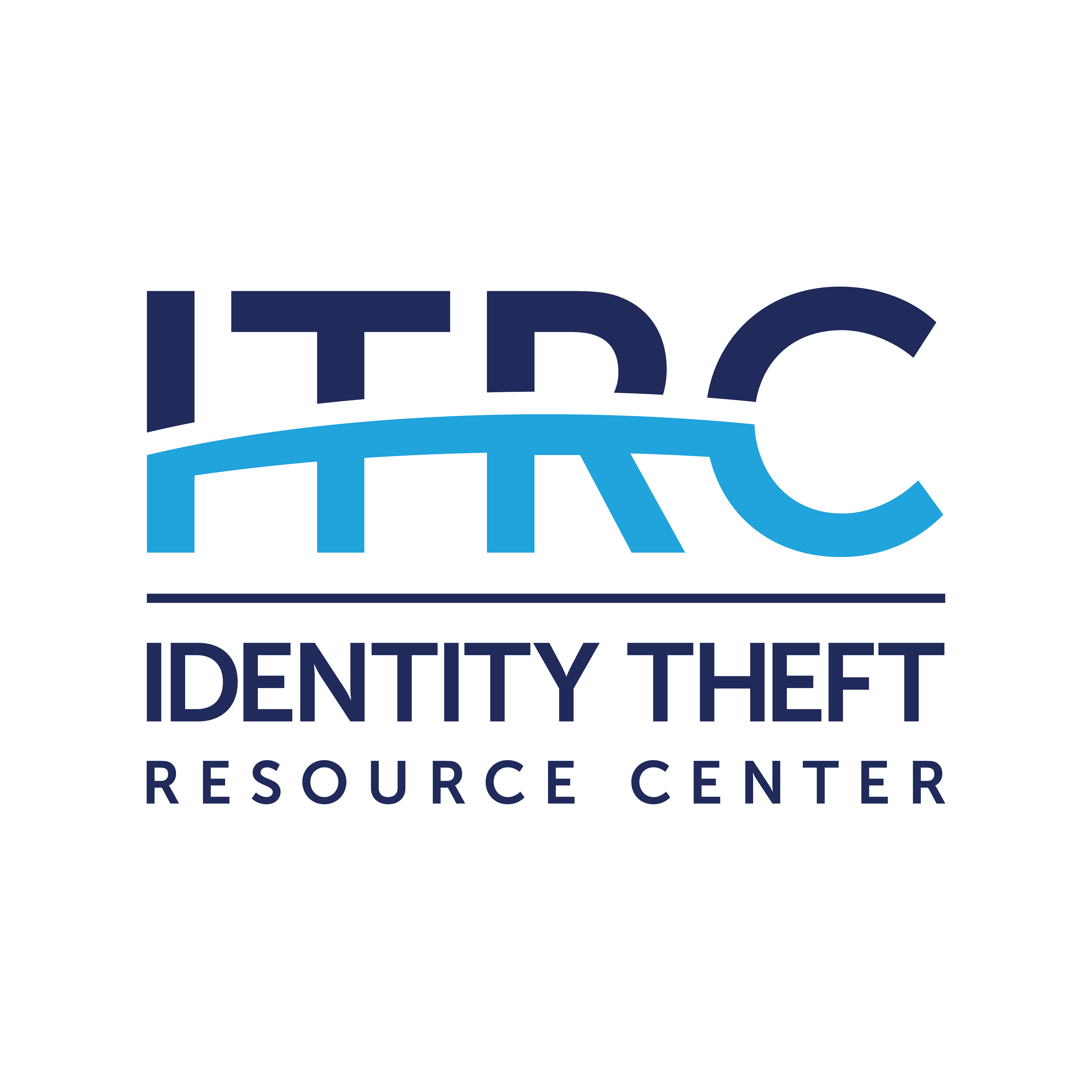Preventative Tips on How to Protect Your Identity
Home Help Center Preventative Tips on How to Protect Your Identity

- A person’s identity is valuable. If it is stolen and abused, it can cause a lot of harm.
- There are different ways to protect your identity.
- To protect your physical documents, cards and devices, secure them in a safe location, consider a digital wallet and use a cross-cut shredder to shred documents with personally identifiable information (PII).
- To protect your online accounts, use a long (12+ characters) unique passphrase on all of your accounts, don’t use public Wi-Fi unless you have a Virtual Private Network (VPN) and make sure your browser is secure.
- For more tips on how to protect your identity, or if you believe you are the victim of on identity crime, contact the Identity Theft Resource Center. You can speak to an advisor toll-free by phone (888.400.5530) or live-chat on the company website idtheftcenter.org.
Your identity can be abused in many different ways, and the harm can be lasting and significant. Identity theft happens when someone’s personal information is accessed and used for fraudulent purposes, such as financial crime or impersonation. A criminal may access financial data, apply for loans or credit cards in someone else’s name, take over bank accounts or credit cards, file fraudulent tax returns or unemployment insurance claims, or sell the information on the dark web. However, there are simple ways to protect your identity from theft and misuse, lowering your risk of long-term damage.
How to Protect Your Identity on Physical Documents, Cards & Devices
- Only keep necessary cards and documents with you or in your car. Store them somewhere secure, like a safe or lockbox, when you don’t need them.
- Use a cross-cut shredder to dispose of documents with personally identifiable information (PII).
- Consider using a digital wallet for all of your payment and identity cards. It is the safest way to pay, other than cash.
- Lock all of your electronic devices with a passcode, passphrase or biometric lock. Also, turn off lock screen notifications.
How to Protect Your Identity Online & On Accounts with Electronic Access
- Use a unique username and passphrase (12+ characters long) for all of your online accounts.
- Make sure your browser is secure.
- Do not give out your PII or financial information through social media platforms, text or email, especially when you have not verified the requestor’s authenticity.
- Use a digital wallet.
- Avoid public Wi-Fi unless you can use a Virtual Private Network (VPN).
- Make sure your social media profiles are set to private; avoid posting anything publicly.
- Review companies’ privacy policies to understand how your data will be used, stored and protected. Ask what information they have to hold and what can be deleted.
- Use multi-factor authentication (MFA) with an authenticator app, if possible. Text messages and phone calls with authorization codes can be spoofed.
- Do not click on unexpected pop-ups in your browser or on your device. Also, don’t click on any links in unknown emails, texts or social media posts. Instead, go straight to the source when verifying an email, text or social media post.
Contact the ITRC
To learn more about how to protect your identity, or if you believe you have been the victim of an identity crime, contact us. You can speak with an expert advisor toll-free by phone (888.400.5530) or via live-chat on the company website. While there, check out other resources like facts sheets from our Help Center, as well as blogs, scam alerts and podcasts with the latest news. Just visit www.idtheftcenter.org to get started.
This blog was published on 11/30/21 and was updated on 6/3/22
How much information are you putting out there? It’s probably too much. To help you stop sharing Too Much Information, sign up for the In the Loop.
Get ID Theft News
Stay informed with alerts, newsletters, and notifications from the Identity Theft Resource Center

